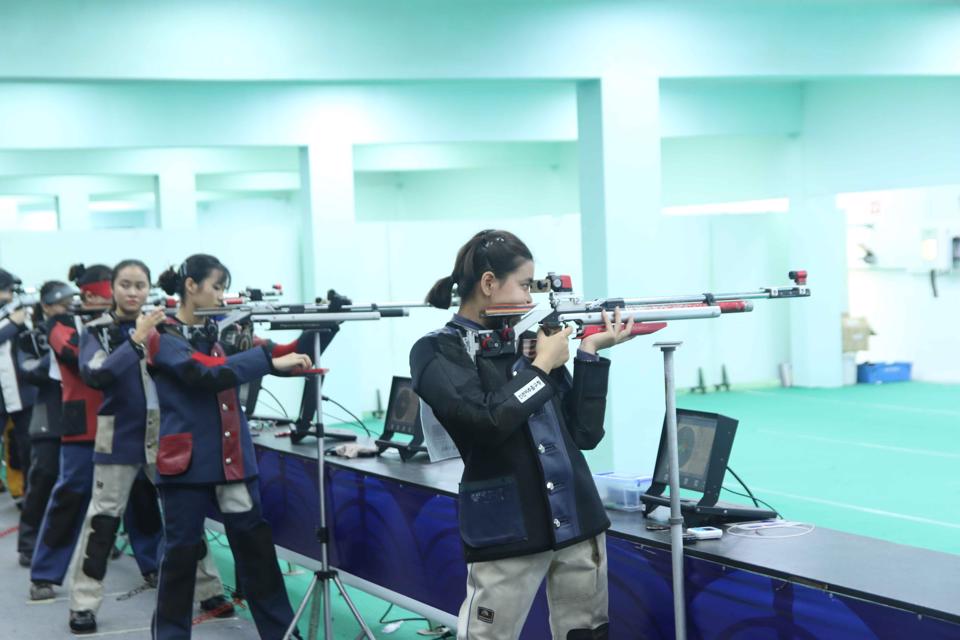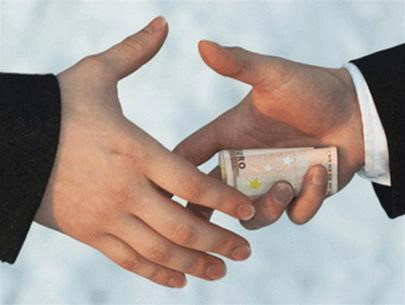What are the regulations on the technology transfer in Vietnam? - Minh Nam (HCMC, Vietnam)

05 things you should know about technology transfer in Vietnam (Internet image)
1. What is technology transfer?
Pursuant to Clauses 7, 8, 9, 10, Article 2 of the Law on Technology Transfer 2017 provides for technology transfer as follows:
- Technology transfer refers to the transfer of the ownership or the right to use a given technology from the party that has the right to transfer such technology to the transferee.
- Domestic technology transfer refers to the transfer of technology which is made within the territory of Vietnam.
- Transfer of technology from foreign countries to Vietnam refers to the transfer of a given technology across border to Vietnam.
- Transfer of technology from Vietnam to foreign countries refers to the transfer of a given technology which is developed within the territory of Vietnam across border to a foreign country.
2. Forms of technology transfer in Vietnam
Article 5 of the Law on Technology Transfer 2017 stipulates the forms of technology transfer as follows:
- Independent technology transfer contract.
- Part of technology transfer in the following cases:
+ Investment project;
+ Making capital contribution by technology;
+ Franchise agreement;
+ Transfer of IP rights;
+ Purchase or sale of machinery/ equipment mentioned in Point d Clause 1 Article 4 of the Law on Technology Transfer 2017.
- Technology transfer may be implemented under other forms as regulated by law.
- The technology transfer prescribed in Clause 1 and Point b Clause 2 of Article 5 of the Law on Technology Transfer 2017 must be implemented under written agreements; the technology transfer prescribed in Points a, c, d and dd Clause 2 and Clause 3 of Article 5 of the Law on Technology Transfer 2017 may be implemented under contracts or terms or provisions or appendixes of contract or dossier of the investment project which must include all of contents mentioned in Article 23 of the Law on Technology Transfer 2017.
3. Methods of technology transfer in Vietnam
Methods of technology transfer is specified in Article 6 of the Law on Technology Transfer 2017 as follows:
- Transfer of documents concerning technology.
- Provision of training to the transferee within a given period as agreed upon by the parties in order to enable the transferee to properly understand and master the transferred technology.
- Appointment of expert(s) to provide technical support to the transferee in order that the transferee may apply or put the transferred technology into operation to achieve criteria of product quality or progress as agreed upon by the parties.
- Transfer of accompanying machinery/ equipment of the technology prescribed in Point d Clause 1 Article 4 of the Law on Technology Transfer 2017 under the methods specified in this Article.
- Other technology transfer methods as agreed upon by the parties.
4. Rights to make technology transfer in Vietnam
Article 7 of the Law on Technology Transfer 2017 provides for the rights to make technology transfer as follows:
- A technology owner shall have the right to transfer the ownership or the right to use such technology.
- An organization or individual that is entitled to use a given technology may transfer the right to use such technology to another one but it requires the technology owner's approval.
- The scope of transfer of the right to use a technology shall be agreed upon by the parties. To be specific:
+ Exclusive or non-exclusive right to use such technology;
+ The transferee’s right to re-transfer the right to use such technology to a third party.
5. Prohibited acts in technology transfer in Vietnam
Article 12 of the Law on Technology Transfer 2017 stipulates prohibited acts in technology transfer as follows:
- Abusing technology transfer activities to harm national defense, security interests, human health, environment, social ethnics, customs and habits; harm the lawful rights and interests of an organization or individual; deteriorate natural resources or biodiversity.
- Carrying out the transfer of technologies which are banned from transferring; illegally transferring technologies which are restricted from transferring.
- Committing violations against regulations on rights to transfer technology.
- Committing deceits or frauds in making and performing technology transfer agreements, technology transfer service contracts, and technology-related contents specified in contracts or investment project dossiers.
- Obstructing the provision of, or refusing to provide information concerning technology transfer activities upon requests of regulatory authorities.
6. Disclosing technological secrets inconsistently with the law or obstructing technology transfer activities.
7. Using/ applying technologies other than those approved or permitted by regulatory authorities.
Ngoc Nhi
- Key word:
- technology transfer in Vietnam
 Article table of contents
Article table of contents









.Medium.png)
.Medium.png)
.Medium.png)
.Medium.png)
